OTISFIELD — It’s overcast on a recent afternoon and Dr. Phil Hawes is making the 1,200-foot commute between his car and cabin, slowly dragging a black plastic sled with water, his computer and a package for a friend behind him, through the snow, on the return leg to a winter lived off the grid.
For the second time in as many years, Hawes is in Western Maine exploring, as he has over the past five decades, the ecological nooks and crannies of the world. In nearby Norway, he’s come to give a series of lectures, posing the question: Is there the know-how and will to build an ecovillage here?
It’s a question to which Hawes has given an affirmative answer in the past. In the 1970s, he was the architect behind a series of adobe villages outside Santa Fe, N.M., using mud and limestone found in nature.
“It’s not mainstream; it’s deviant, but we have to do this for survival,” Hawes said. “Unless we shape it, we’ll be gone.”
There’s already an active interest in the region for such thinking. In Norway, the Center for an Ecology Based Economy was launched on Earth Day in 2013, with explicit aims of reorienting the local economy in terms of transportation, energy, food and transportation, such as installing a solar panel at the community garden and bike-racks to encourage pedestrian traffic in town.
At 80, Hawes, an architect who studied under Frank Lloyd Wright and a former university teacher who for a year captained a cement ship across the Indian Ocean and was behind one of the most ambitious science experiments in memory — recreating Earth’s habitats all under one dome — is still having fun, albeit slightly out of breath.
The cabin he’s called home since November is somewhere between a romantic getaway and a stoic’s retreat: rough wood floors, propane-fired cooking range, detached outhouse and a wood stove that just about keeps the dead of winter nights from killing him.
“One time I woke up and it was 10 above in here. After that, I bought this,” he said, pointing at a heating fan directly plumbed into a 20-pound propane tank.
A solar panel charges his laptop and cellphone, allowing him to read late into the night. “Hermetic” living is an embraced opportunity to live close to nature but with civilization in mind. He prepares his own wood and drags in all of his water, but when he desires company he can head into town, grab coffee or get his hair cut.
In a sense, his lifestyle echoes the idea of the sustainable village, hoping to engage with the rest of the world while amending the worst parts of it by designing communities as balanced ecosystems: building houses with natural materials, buying food or other items in bulk, setting up a benign corporation of villagers to manage it, a modern electric rail system to shuttle residents to and from their home and work — there are no roads within such a village, with cars stacked inside a silo-like parking garage at the perimeter of the town — and houses producing energy sufficient to run it all.
The start-up cost for a village of 5,000 people is around $200 million, he said.
He knows the concept sounds radical, but he argues that there’s an intense, zero-sum practicality at its root as the production of food, energy, clothing and transportation are outpacing the environment’s ability to replenish them.
“It’s either that or extinction for us,” he said. “So, I guess you could say it is pretty important for humanity.”
Hawes will give a lecture on the topic at 7 p.m. Friday, March 27, at CEBE, 447 Main St. in Norway.
Dr. Phil Hawes will give a lecture on sustainable living at 7 p.m. Friday, March 27, at CEBE, 447 Main St. in Norway.
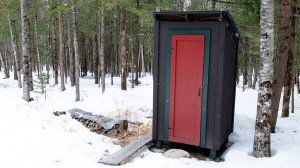
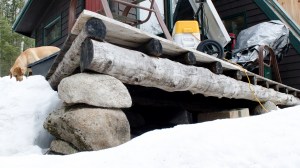
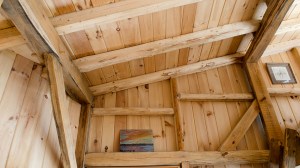
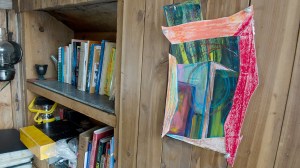
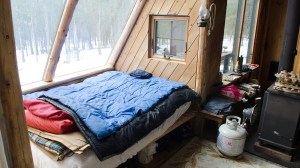
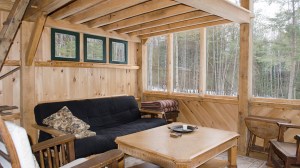
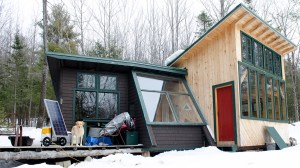
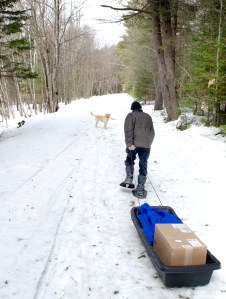
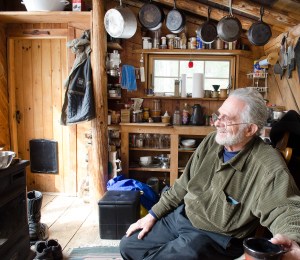
Comments are no longer available on this story